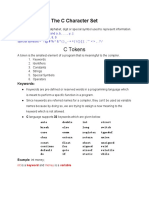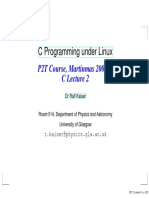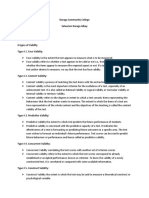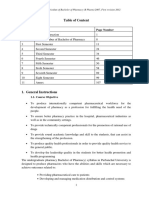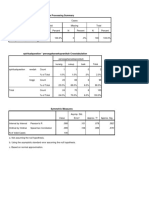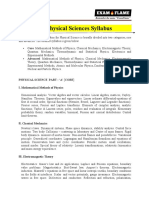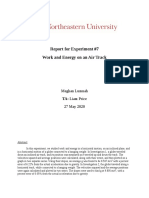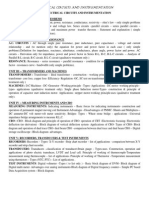0% found this document useful (0 votes)
11 views31 pages020 Variables - en
The document provides an overview of variables, types, and constants in the C programming language, explaining how memory is addressed and how variables are declared and initialized. It discusses the characteristics of different data types, including integers, characters, and floating-point numbers, along with their limits and usage in C. Additionally, it covers the printf function, its format specifiers, and how to control output formatting.
Uploaded by
playboynaveen27Copyright
© © All Rights Reserved
We take content rights seriously. If you suspect this is your content, claim it here.
Available Formats
Download as PDF, TXT or read online on Scribd
0% found this document useful (0 votes)
11 views31 pages020 Variables - en
The document provides an overview of variables, types, and constants in the C programming language, explaining how memory is addressed and how variables are declared and initialized. It discusses the characteristics of different data types, including integers, characters, and floating-point numbers, along with their limits and usage in C. Additionally, it covers the printf function, its format specifiers, and how to control output formatting.
Uploaded by
playboynaveen27Copyright
© © All Rights Reserved
We take content rights seriously. If you suspect this is your content, claim it here.
Available Formats
Download as PDF, TXT or read online on Scribd
/ 31










